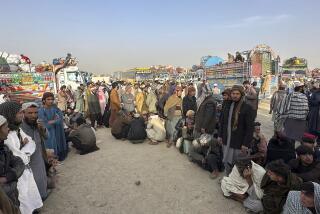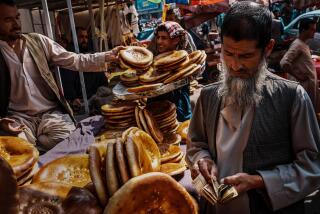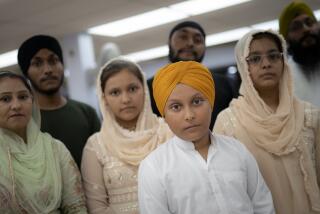Ethnic Strife in Afghanistan
I take exception to Charles Santos’ simplistic diagnosis of and prescription for Afghanistan’s current problem (“An Ethnic Mosaic Implodes,” Opinion, March 18). For nearly three centuries, the five major ethnic groups of Afghanistan (Pushtuns, Hazaras, Tajiks, Uzbeks and Turkomans) coexisted until the Soviet invasion and occupation (1979-89) and the ensuing superpower proxy war disrupted the equilibrium.
Subsequently, warlords’ rivalries (1990 to the present) were instigated by regional powers, most notably Iran and Russia--and it is continuing. At long last, however, a broad-based support to the Taliban created a unified central government that controls 95% of the country, has disarmed the warlords and has brought security, peace and order to Afghanistan.
Santos’ proposal that the international community dismember Afghanistan along ethnic lines would make the ethnic war a permanent feature in that region. Instead, the international community must end the isolation and alienation of Afghanistan and the United Nations must end its sanctions.
Afghanistan should be compensated for war damages so it can reconstruct and should be left alone by outsiders to reconstitute itself politically. After all, Afghanistan contributed to the demise of the Soviet Union and freed the world from the fear of annihilation of the human species. The least we can do is to offer a humanistic approach.
NAKE M. KAMRANY
Los Angeles
More to Read
Sign up for Essential California
The most important California stories and recommendations in your inbox every morning.
You may occasionally receive promotional content from the Los Angeles Times.










